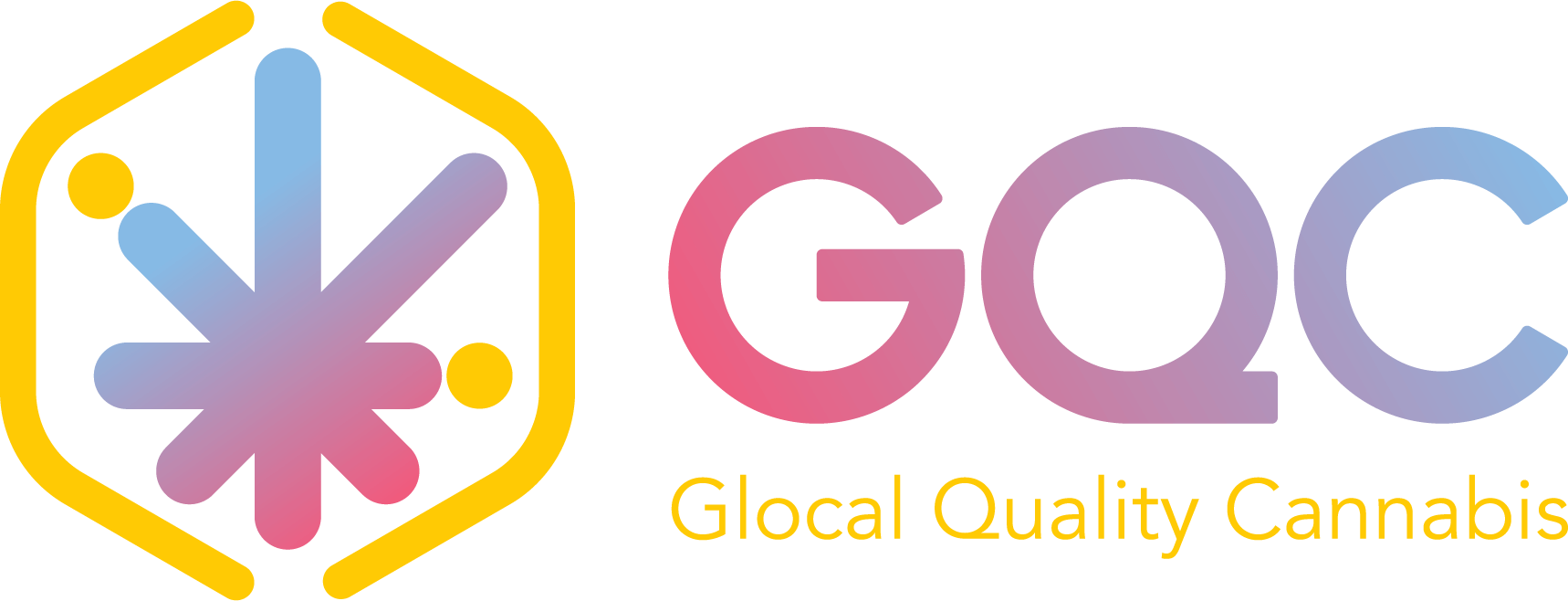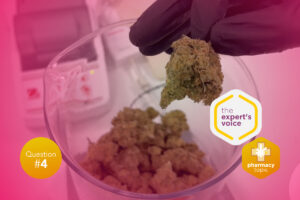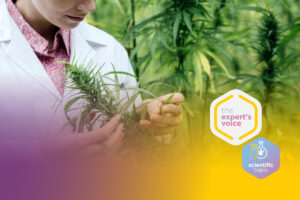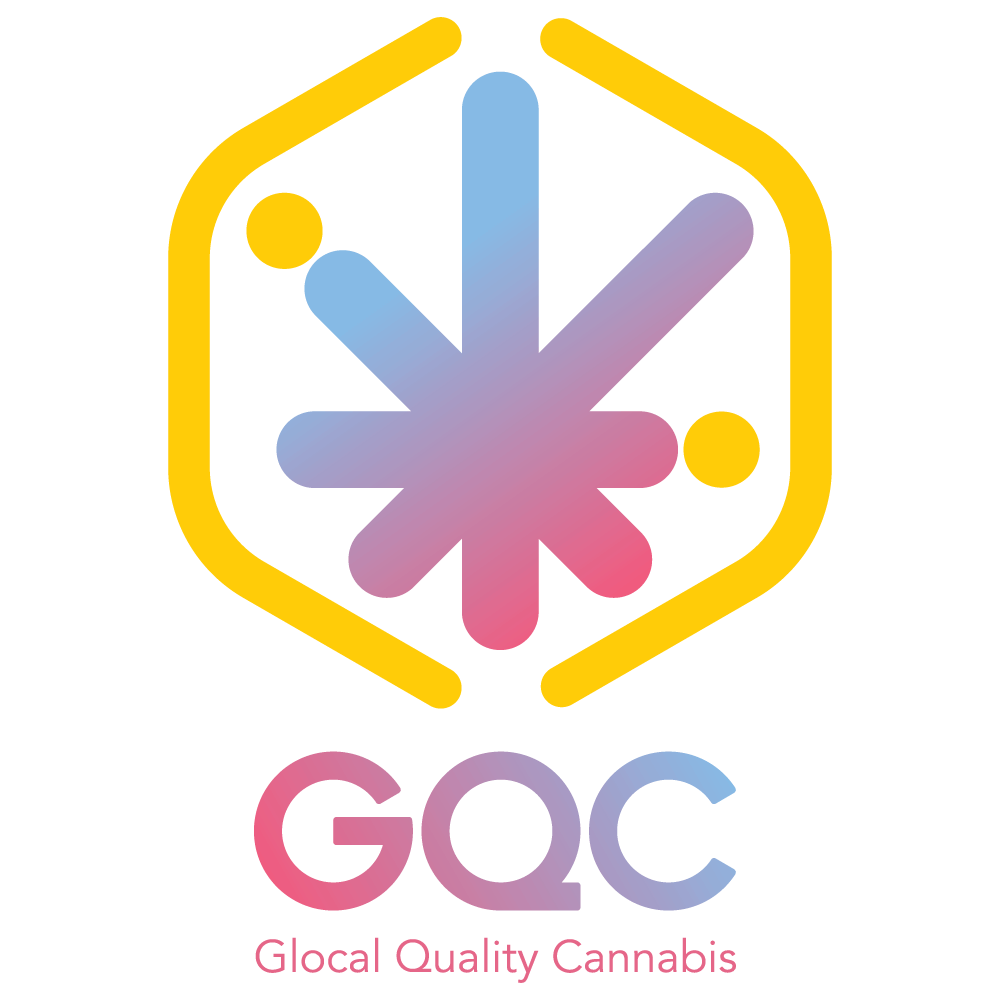The approval of the law on cannabis in April 2017 marked a significant change for Germany: before, patients had access to therapies based on dronabinol, a cannabinoid isolated from THC still used by approximately forty thousand patients., However, following the promulgation of this law, prescription of the phytocomplex, that is to say the constituents of the plant, in form of inflorescence or fluid extract, has become possible.
Even though the German market for cannabis is rather new, it already outnumbers Italy in terms of available plant varieties (more than 200 inflorescences), products (around 70 standardized extracts) and companies (with possibly more than 100 operators involved), not to mention in terms of tons of materials consumed every year. For comparison, while Italy consumes 1.2 tons of cannabis for 60 million inhabitants, the German consumption reaches 10 tons for a population of 80 million. A large part of these 10 tons is actually destined for patients with social issues, individuals identified as pseudo-patients, a term used to mask the fact that 80% of these subjects consume cannabis for recreational activities such as smoking (which is an important aspect to consider while analyzing data, as the expected risk of abuse in Italy is much lower). This is the underlying reason for the interest expressed by the German government towards legalization of cannabis for recreational use – the distribution channels for medical cannabis are being exploited by people interested only in recreational use, coupled with the expected incomes that would be diverted to illegal markets.
The German production of cannabis, amounting to 2600 kilos per year, is monitored by the national OMC, located in Bonn and regulated by the Federal Institute for Drugs and Medical Devices (BfArM). The supply chain is not yet fully operational; one of three facilities required for this activity is still under construction, so the material missing in the productive chain is necessarily imported. This condition makes importing cannabis in Germany easier than in many other countries, as the main requirements for starting this kind of business consist of possessing EU-GMP certifications and having an importer already available under German jurisdiction; compared to the strict requirements (EU_GMP representing the minimum requirement) and the low base prices for auction applied by Italian calls for application, these conditions make importing cannabis in Germany much easier.
As for the territorial distribution of cannabis for medical purposes, it is held by a few highly-specialized pharmacies processing great volumes of medical cannabis, mostly dispensed as inflorescence and 10% processed in order to produce GMP-compliant extracts produced industrially. This is a major difference compared to how deeply Italian pharmacies are involved in the preparation of cannabis before dispensing, as German pharmacies acquire industrial products that only need to be diluted, fractioned, packed and labeled, while the Italian pharmacies need to produce their own galenic extracts (titred extracts are nonetheless expected to reach the market soon).





